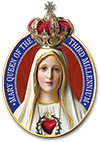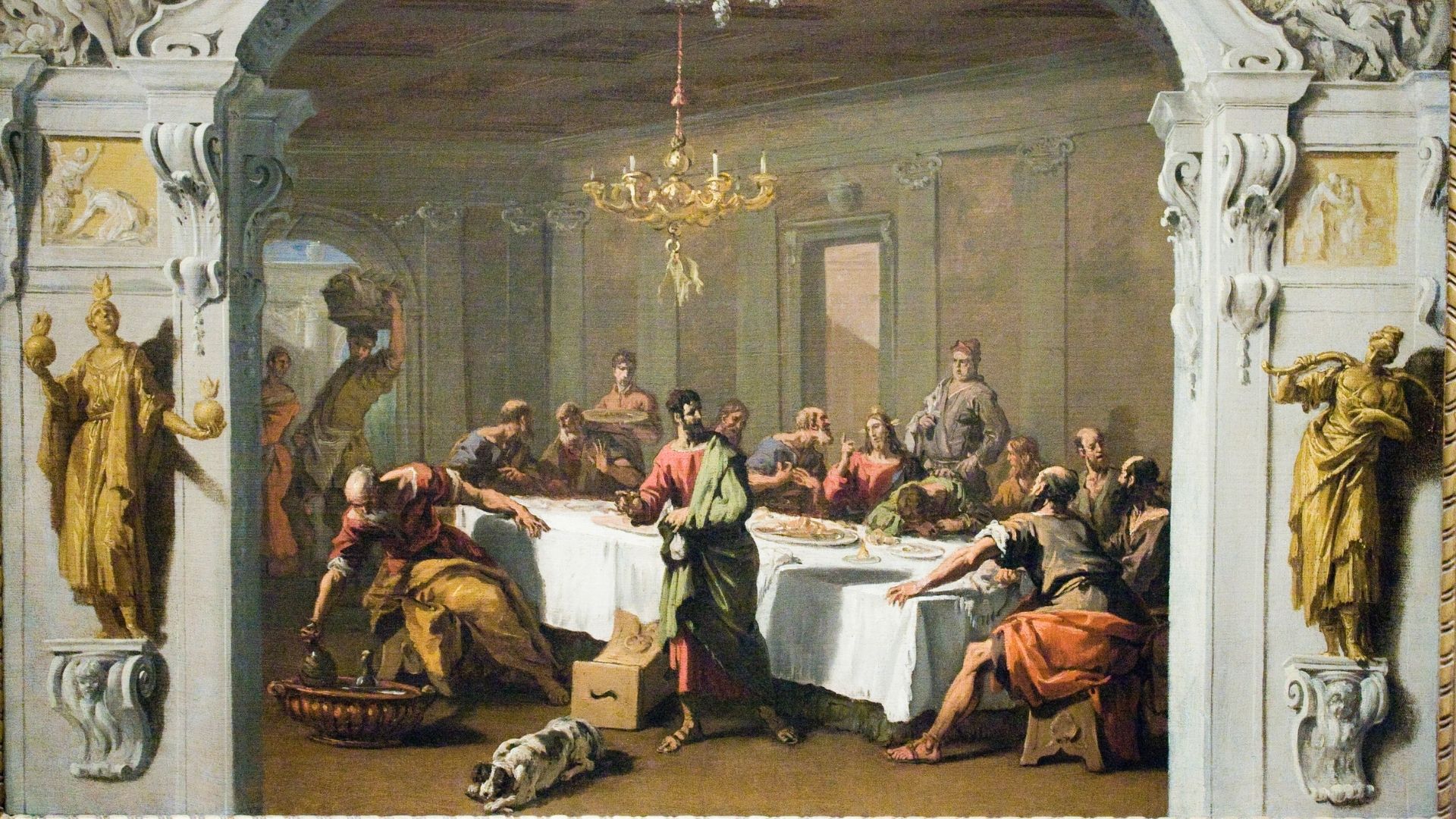
Easter Triduum
From now on, we are together at the heart of Holy Week, the fulfillment of the Lenten journey. Tomorrow we will enter the Easter Triduum, the three holy days on which the Church commemorates the mystery of the Passion, Death and Resurrection of Jesus. The Son of God, after becoming man in obedience to the Father, becoming like us in everything except sin (cf. Heb 4:15), accepted to fulfill his will to the end, to face the us the passion and the cross, to make us sharers in his Resurrection, so that in him and through him we may live forever, in consolation and peace.
Holy Thursday
Holy Thursday is the day on which the institution of the Eucharist and the Ministerial Priesthood is commemorated. In the morning, each diocesan community, gathered in the Cathedral Church around the Bishop, celebrates the Chrism Mass, in which the Holy Chrism, the Oil of Catechumens and the Oil of the Sick are blessed. From the Easter Triduum and throughout the liturgical year, these oils will be used for the Sacraments of Baptism, Confirmation, Priestly and Episcopal Ordinations and the Anointing of the Sick; in this it becomes clear how salvation, transmitted by sacramental signs, derives precisely from the Paschal Mystery of Christ; in fact, we are redeemed with his death and resurrection, and through the Sacraments we reach that same salvific source.
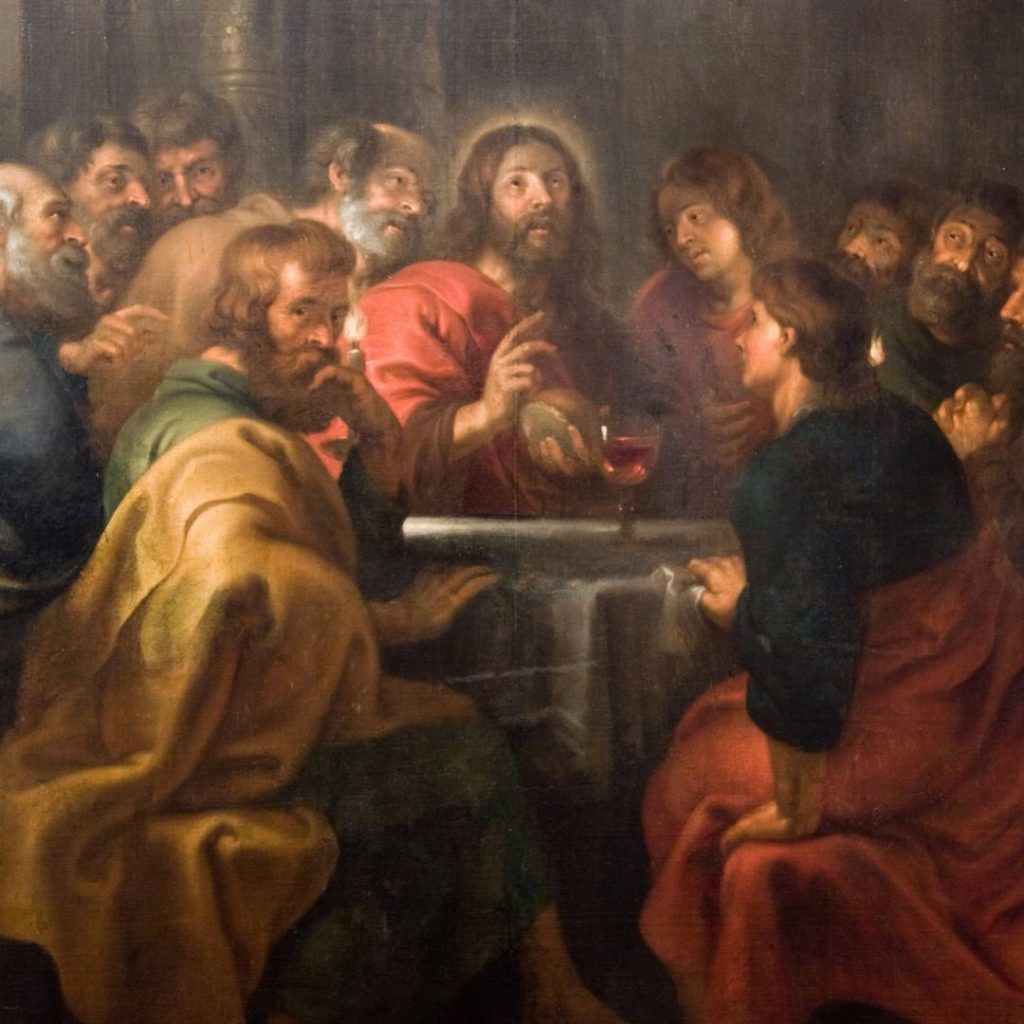
During the Chrism Mass there is also the renewal of priestly promises. All over the world, every priest renews the commitments he made on the day of Ordination, to be totally consecrated to Christ in the exercise of his sacred ministry at the service of his brothers. Let us accompany our priests with our prayers.
On Holy Thursday afternoon, the Paschal Triduum effectively begins, with the memory of the Last Supper, in which Jesus instituted the Memorial of his Pasch, fulfilling the Hebrew paschal rite. According to tradition, the whole Hebrew family, gathered at the table at the Passover feast, like the roasted lamb, commemorating the liberation of the Israelites from slavery in Egypt; thus, in the upper room, aware of his imminent death, Jesus, the true Passover Lamb, offers himself for our salvation (cf. 1Cor 5,7). By pronouncing the blessing on the bread and wine, he anticipates the sacrifice of the cross and manifests his intention to perpetuate his presence among the disciples: under the species of bread and wine, he becomes present in a real way with his body donated and its blood shed.
During the Last Supper, the Apostles are made ministers of this Sacrament of salvation; Jesus washes their feet (cf. Jn 13,1-25), inviting them to love one another as he had loved them, giving his life for them. By repeating this gesture in the Liturgy, we too are called to actively witness to the love of our Redeemer.
Holy Thursday, finally, ends with Eucharistic Adoration, in remembrance of the Lord’s agony in the Garden of Olives. After leaving the upper room, He withdrew in prayer, alone, in the presence of the Father. In that moment of deep communion, the Gospels narrate that Jesus experienced great anguish, a suffering that made him sweat blood (cf. Mt 26:38). In the awareness of his impending death on the cross, he feels great anguish and the proximity of death. In this situation, an element of great importance for the whole Church also appears.,
Jesus says to his people: stay here and watch; and this call to vigilance concerns precisely this moment of anguish, of threat, in which the treacherous [traitor] will arrive, but it concerns the entire history of the Church. It is a permanent message for all times, because the drowsiness of the disciples was not only the problem of that moment, it is the problem of all history.
The question is what this drowsiness consists of, what the vigilance to which the Lord invites us would consist. I would say that the drowsiness of the disciples throughout history is a certain insensitivity of the soul to the power of evil, an insensitivity to all the evil in the world. We don’t want to let ourselves worry too much about these things, we want to forget about them: we think that maybe they are not so serious, and we forget. And it is not just insensitivity to evil, while we must watch to do good, to fight for the strength of good. It is insensitivity to God: this is our true drowsiness; this insensitivity to the presence of God that makes us also insensitive to evil.
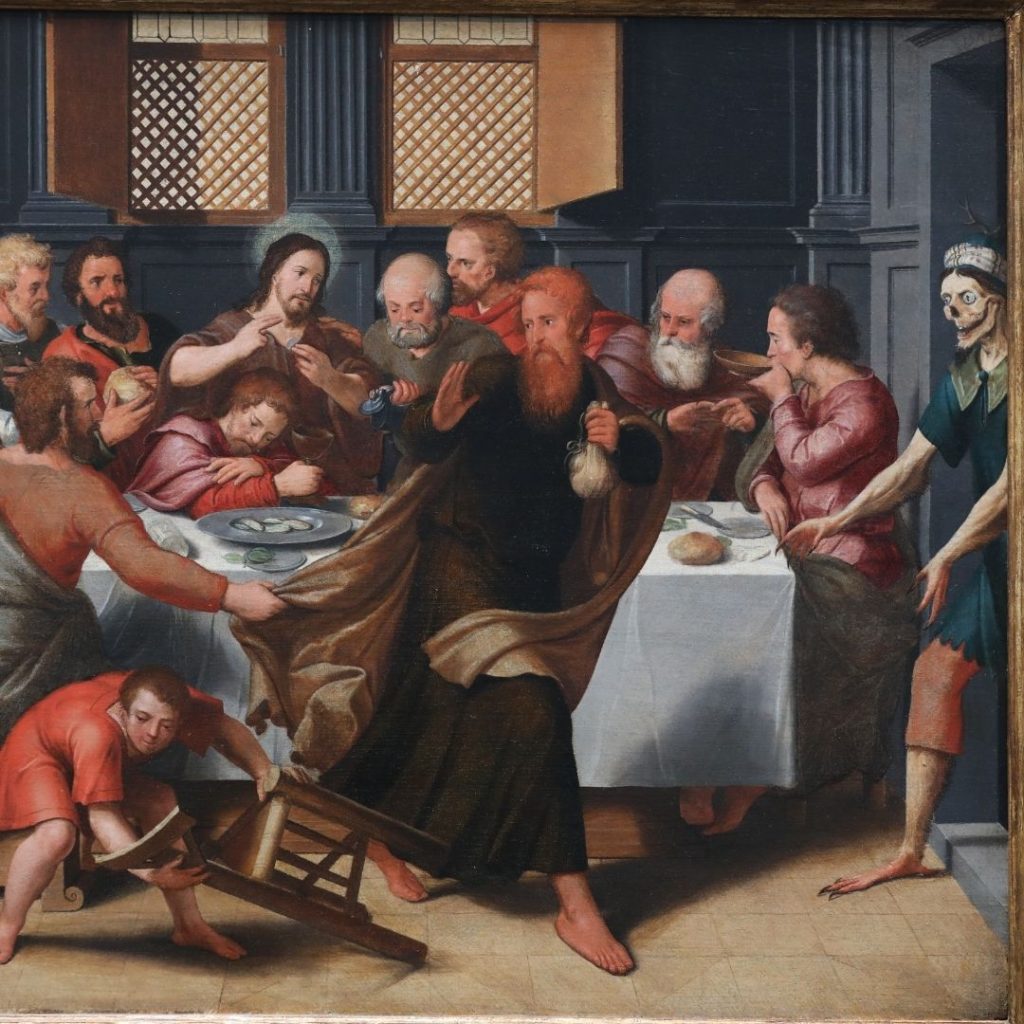
We do not listen to God – it would disturb us – and so we do not, naturally, also listen to the force of evil and remain on the path of our comfort. The nocturnal adoration of Holy Thursday, being vigilant with the Lord, should be exactly the moment to make us reflect on the drowsiness of the disciples, the defenders of Jesus, the apostles, of us who do not see, who do not wish to see. all the force of evil, and that we do not want to enter into his passion for good, for the presence of God in the world, for love for our neighbor and for God.
Good Friday
On Good Friday we will commemorate the passion and death of the Lord; we will adore Christ Crucified, we will share in his sufferings with penance and fasting.
By “looking at the one who has been pierced” (cf. Jn 19,37), we can reach his heart, which emanates blood and water as from a fountain; from that heart from which the love of God for every man flows, we receive his Spirit. Let us therefore accompany Jesus on Good Friday as he leaves for Calvary, let us allow ourselves to be guided by him to the cross, let us receive the offering of his immolated body. Finally, on Holy Saturday night, we will celebrate the solemn Easter Vigil, in which the resurrection of Christ is announced to us, his definitive victory over death that challenges us to be new men in him. Participating in this Holy Vigil, the central Evening of the entire Liturgical Year, will commemorate our Baptism, in which we too were buried with Christ, in order to be able to rise with him and participate in the banquet in heaven (cf. Rev 19,7-9) .
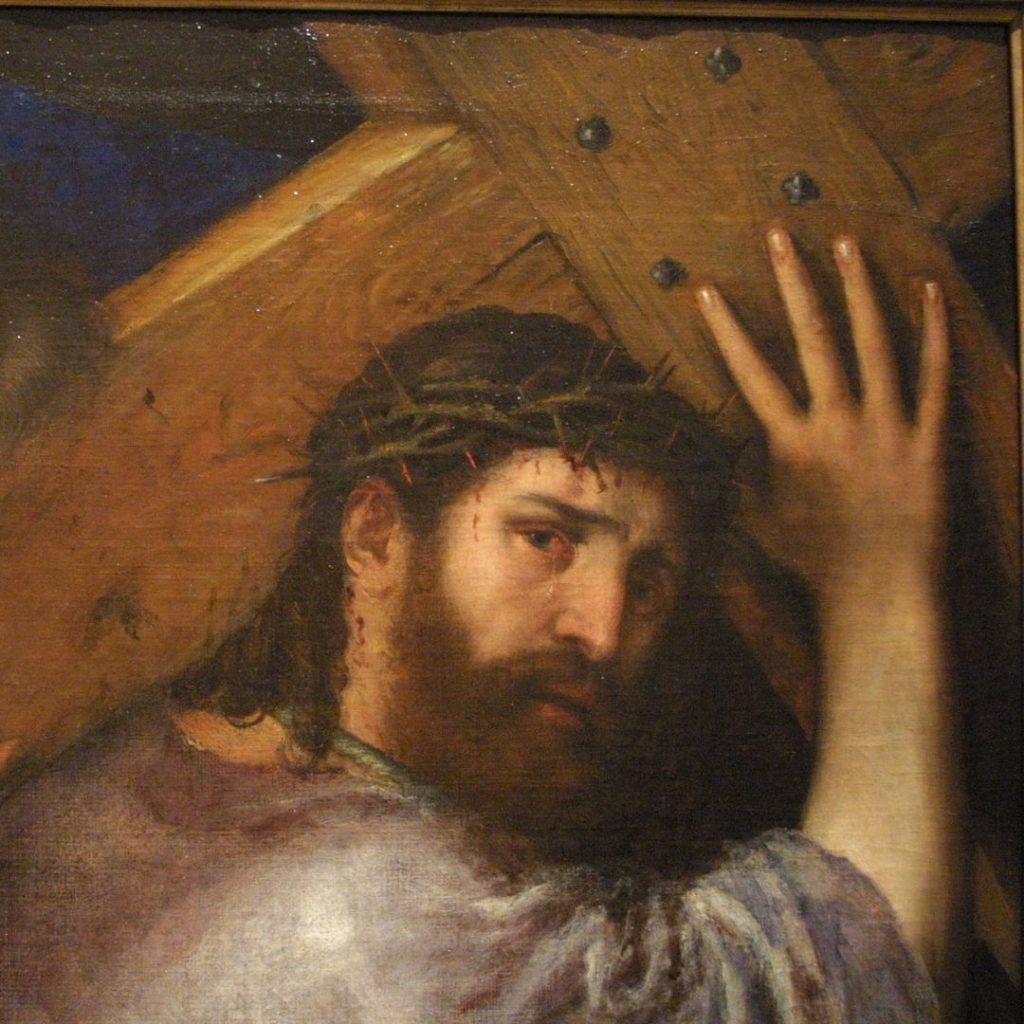
Dear friends, we seek to understand the state of mind with which Jesus lived the moment of extreme trial, in order to grasp what guided his actions. The criterion that guided Jesus’ every choice throughout his life was the firm will to love the Father, to be one with the Father, and to be faithful to Him. This decision to respond to his love led him to embrace, in every circumstance, the Father’s plan, to make his own the plan of love entrusted to him to recapitulate all things in him, to bring all things back to him.
In reliving the Holy Triduum, let us be ready to welcome the will of God into our lives too, aware that in the will of God, even if it seems harsh, in contrast to our intentions, there is our true good, the way of life.
May the Virgin Mother guide us on this journey, and obtain for us from her divine Son the grace to be able to spend our lives out of love for Jesus, in the service of our brothers and sisters.
Easter Vigil
In keeping with the central and unique importance of the episode from Salvation History recalled there, the ceremony of that day begins in a completely different way than usual. On the eve of Easter Sunday, when the sun has already set, the people gather outside the church, remembering that the Apostles and the Holy Women had to leave the Upper Room to witness the Resurrection of the Lord.
The absence of light recalls the pre-grace regime in which humanity lived in the Old Testament. Only a fire breaks the shadows, remembering that it was through Jesus, the “Light of the world” (Jn 8, 12), that the Father gave men grace and established the new covenant. “What was old has passed away; behold, everything is done again!” (II Cor 5:17) — exclaims the Apostle.
Approaching in silence, the priest blesses the new fire, starting the celebration. Soon after, he engraves on the Círio Pascal several signs that remind us that he is a figure of the Risen Savior: the Cross of our Redemption, the “alpha” and the “omega” — the first and last letters of the Greek alphabet — and the numerals of the current year, for since Our Lord is the Beginning and the End of all things, time is computed in terms of Him. Then he nailed five grains of incense to the center and ends of the cross, in memory of the care given by Saint Mary Magdalene and the other Holy Women to the Sacred Body of the Savior, by whose five wounds we were healed (cf. Is 53, 5 ).
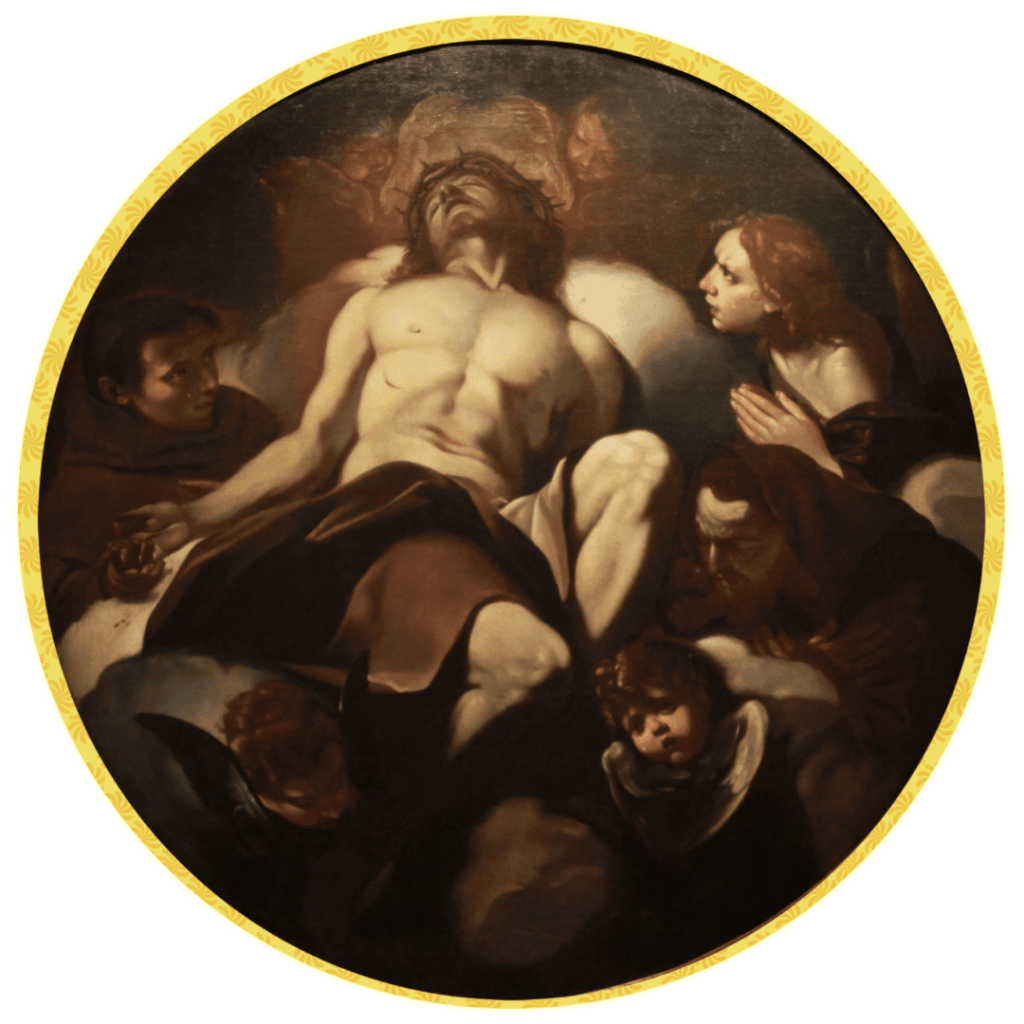
Obeying the mandate to preach the Gospel to every creature (cf. Mk 16,15), the small group of the nascent Church transmitted faith in the Resurrection of the Lord to all peoples. In a similar way, the new fire is transmitted to the Paschal Círio by means of a small candle lit in the blessed fire, while the celebrant recites: “The light of Christ, who rises resplendent, dispel the darkness of our hearts and minds”.
Just as the flame of the candle rips through the night, the Risen Jesus conquers death and opens the doors of eternal Bliss to fallen humanity: “Christ rose from the dead as the firstfruits of those who died” (I Cor 15,20). He is the true pillar of fire (cf. Ex 13,21) guiding the New Israel through the desert of this Land of exile in the night towards the Land of Promise. Therefore, with a joyful soul, the procession of entry into the church is formed, an earthly image of the Celestial Jerusalem, of which we have become heirs.
However, the procession stops at three moments, for the Light of Christ to be acclaimed by all, thus highlighting the mystery of the Holy Trinity that the Incarnate Son revealed to us. At the first stop, when the deacon sings “Lumen Christi!”, we proclaim the divinity of the Father, who has manifested himself through his Son: “No one knows the Father, except the Son and anyone to whom the Son wills to reveal Him” ( Mt 11, 27). In the second, we proclaim the divinity of God the Son, the true Light that has come into the world and enlightens all men, making those who receive him children of God (cf. Jn 1,9-12). And in the third we proclaim the divinity of the Paraclete Spirit, sent by Jesus to his disciples, who sanctifies us and leads us to the Truth (cf. Jn 14,16-17.26).
Finally, the Pascal Círio is deposited in the presbytery where, afterwards, the solemn announcement of the Lord’s Passover is made.
In the early centuries of the Church, this announcement was made by the youngest deacon present at the celebration, and he made it impromptu, according to the inspiration of the moment, in an overflowing enthusiasm for the Resurrection of the Savior. Currently, it is done through the Pascal Preconium, a beautiful song whose lyrics are attributed by some authors to the pen of Saint Ambrose or Saint Augustine.
This majestic hymn, whose content is worth a true meditation, invites us to lift our hearts in contemplation of the beauties of our Redemption and worthily praise God for the excess of love manifested in the delivery of his Only Begotten for the salvation of men. It prepares our spirit for one of the main elements of this vigil, the Liturgy of the Word, which once again takes a different form than usual in other celebrations throughout the year. “In that night’s recollection”, she presents us with a magnificent synthesis of the History of Salvation through nine readings – seven from the Old Testament and two from the New Testament – which show how God “once saved his people and in these last times sent his Son as a Redeemer” .
If the predominant note of Lent was the preparatory penance for the paschal feasts that were approaching, now, having overcome the darkness of sin, men redeemed by the Blood of the Redeemer can sing a new song, as Moses and the Israelites did after the passage of the Sea Red: “I will sing to the Lord, for he has made his glory shine” (Ex 15,1).
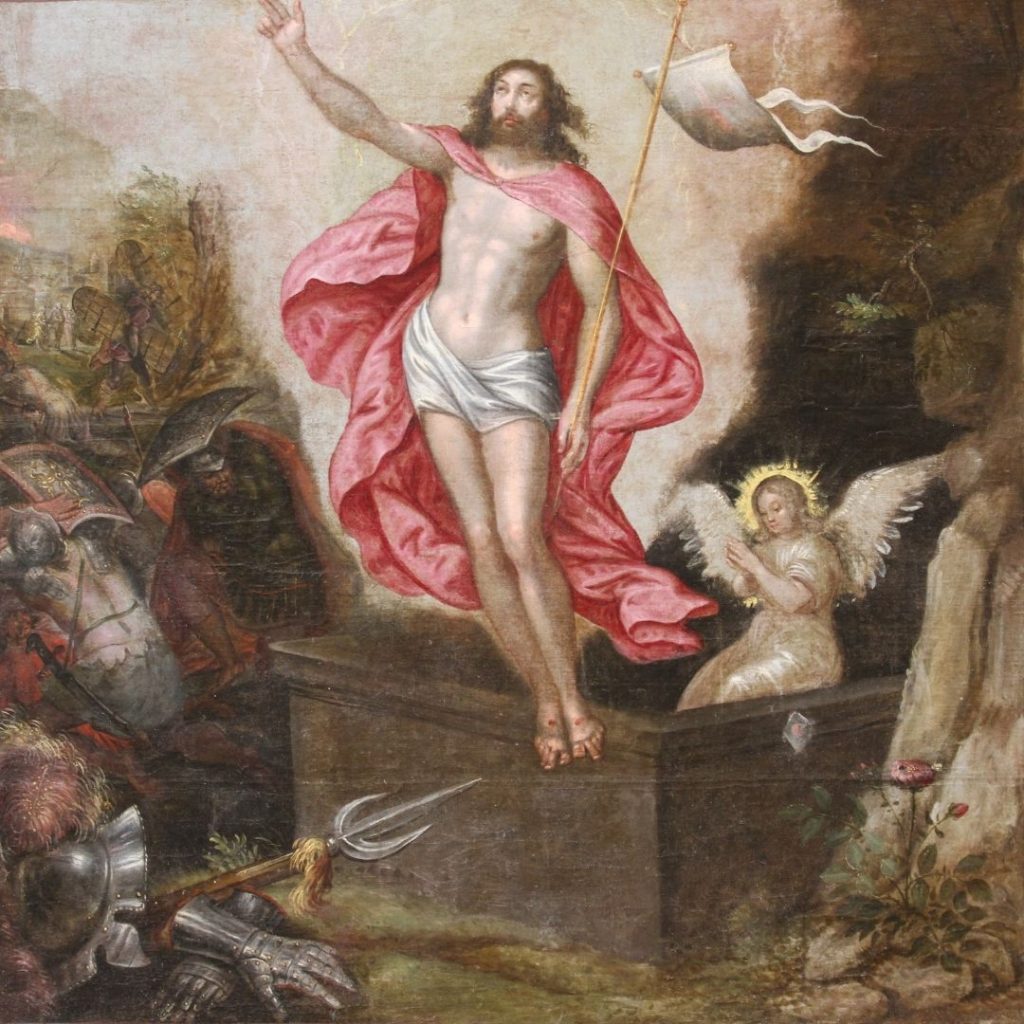
In the Easter season, this song can be summed up in a single word rich in meaning, which invites us to praise God: “Alleluia!”. Omitted for forty days, it returns to the Liturgy on Holy Night, when it is sung three times before the reading of the Gospel. And to more eloquently express the overflowing joy of the whole Church, the singer uses a higher pitch each time.
The last part of the Easter Vigil is composed of the Eucharistic Liturgy, a bloodless renewal of the Sacrifice of the Immaculate Lamb, Christ, which the Church interrupted for two days, to remain “at the Lord’s tomb, meditating on his Passion and Death”. At that moment the neophytes approach the Eucharistic Feast for the first time, and all receive the One who “taken from the flock, was taken to the slaughterhouse, sacrificed in the afternoon and buried at night; when he was crucified, no bones were broken for him, and when he was buried, he did not experience corruption; but rising from the dead, he also raised mankind from the depths of the sepulcher.”
Christ is risen, conquering sin and death. And the splendors of the Paschal Liturgy attest to us that with Our Lord there is nothing to fear. No matter how long the night seems to us, no matter how thick the darkness appears, Christ conquers, Christ reigns, Christ reigns!
